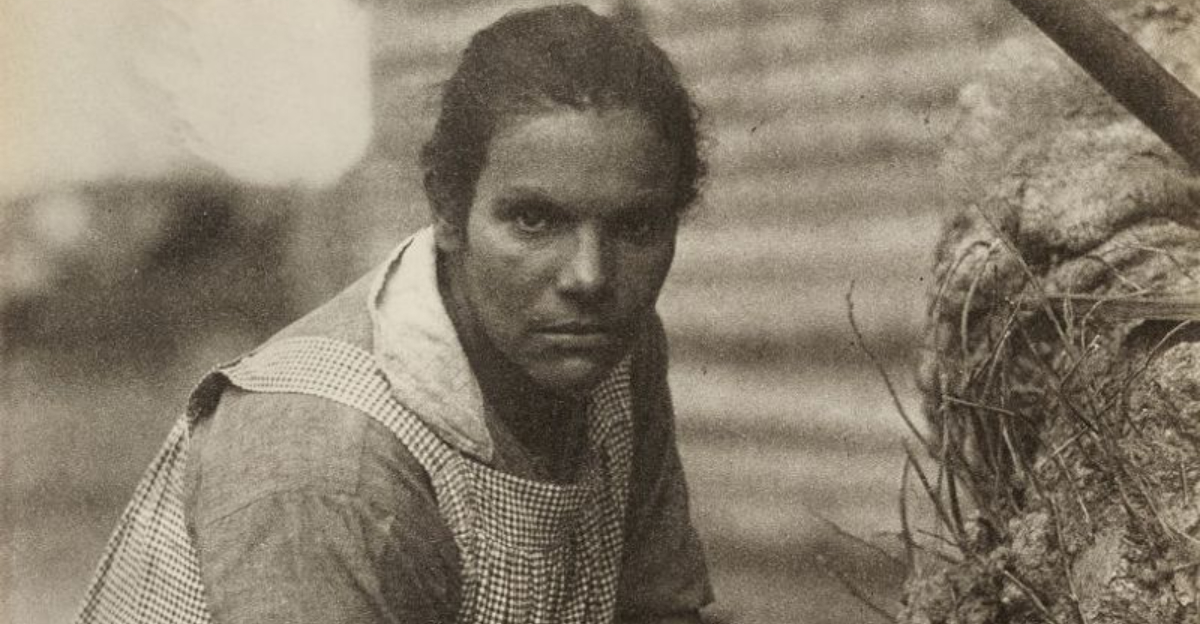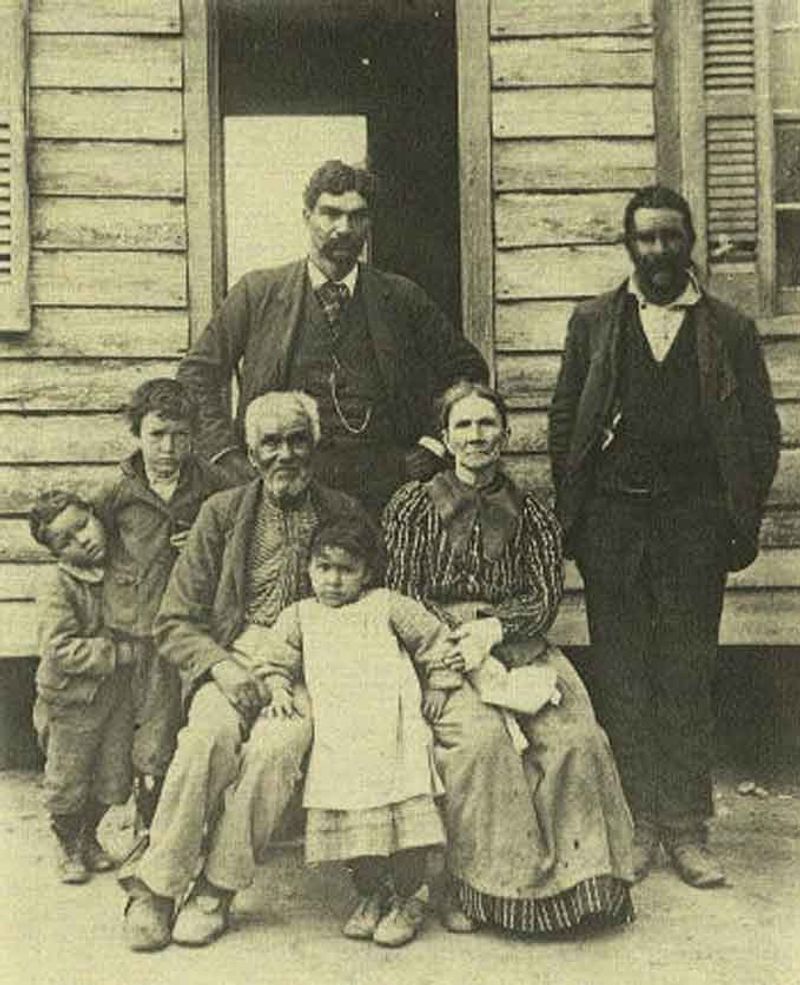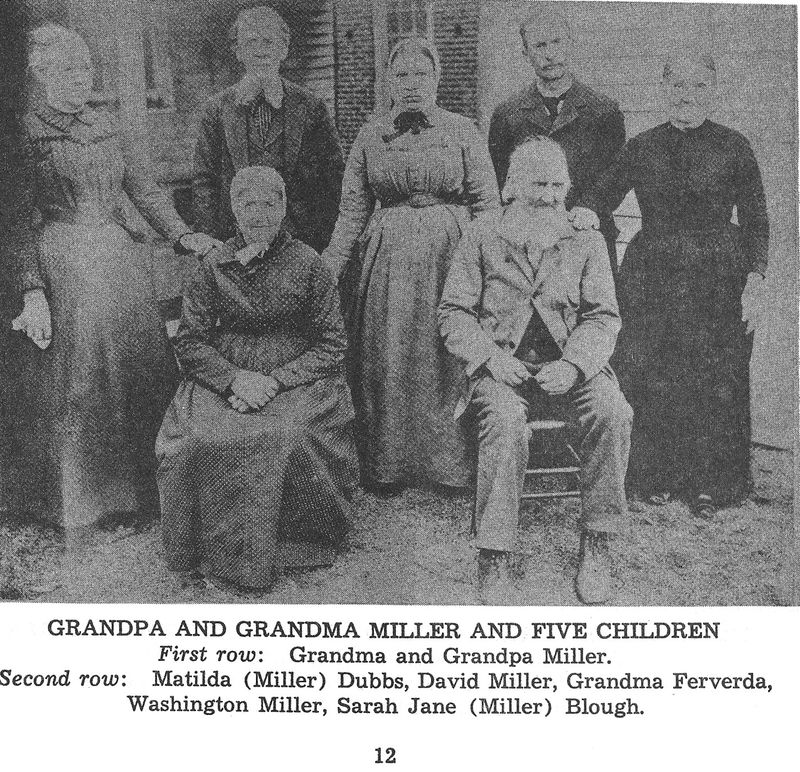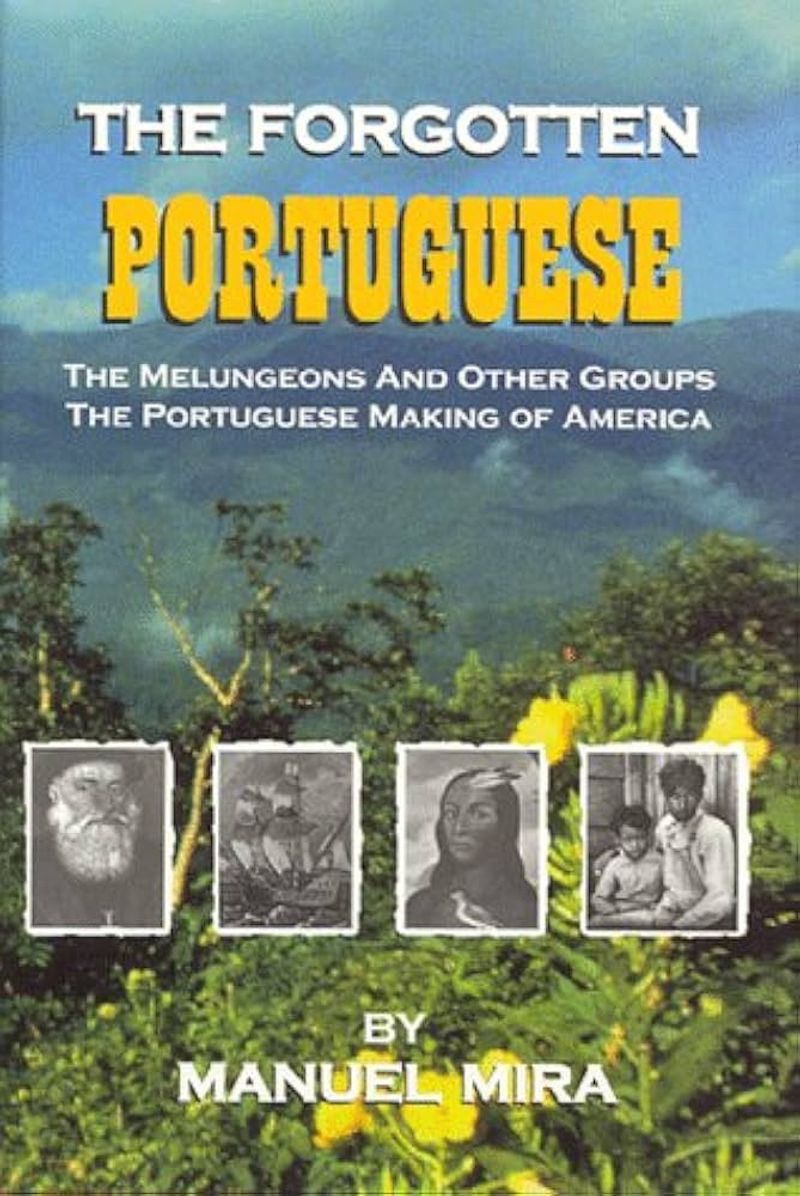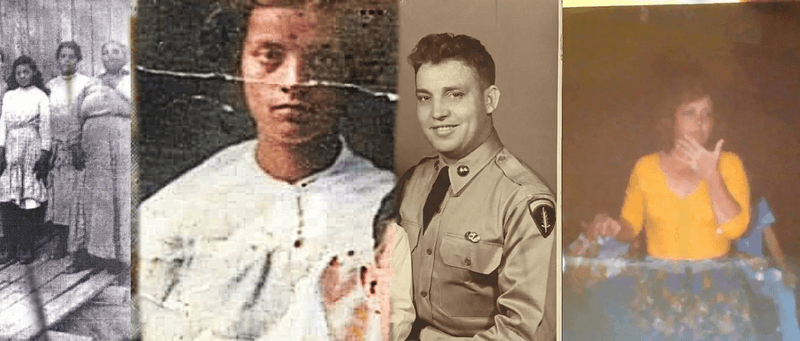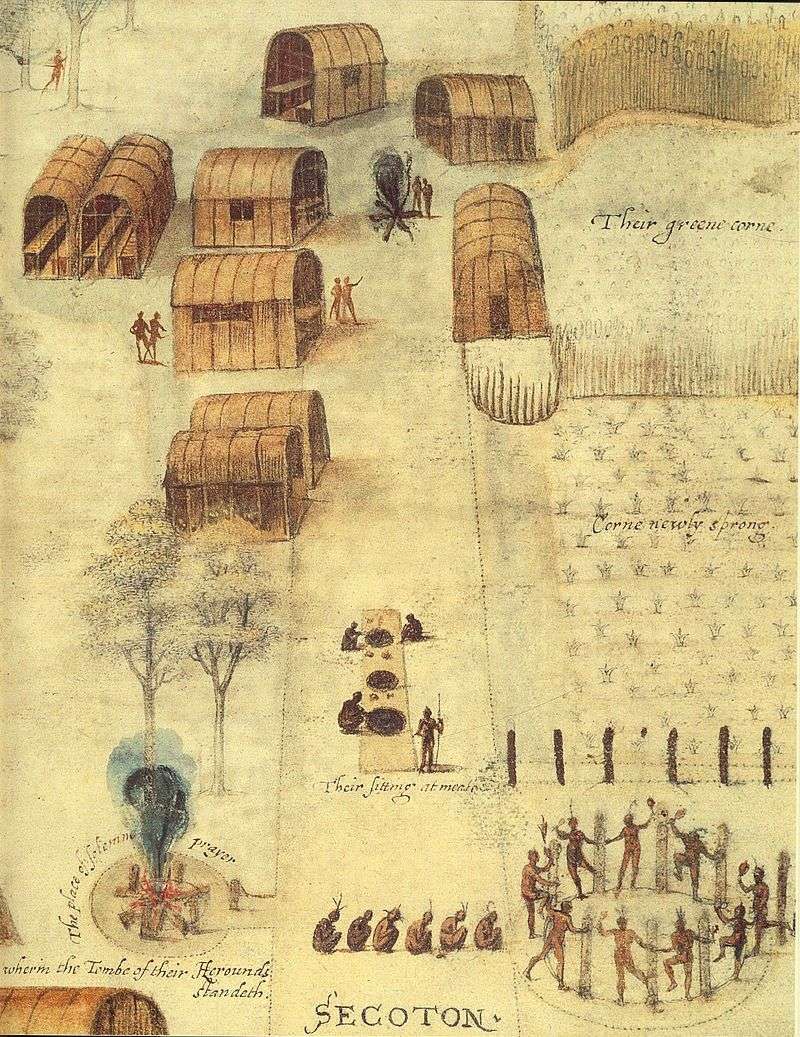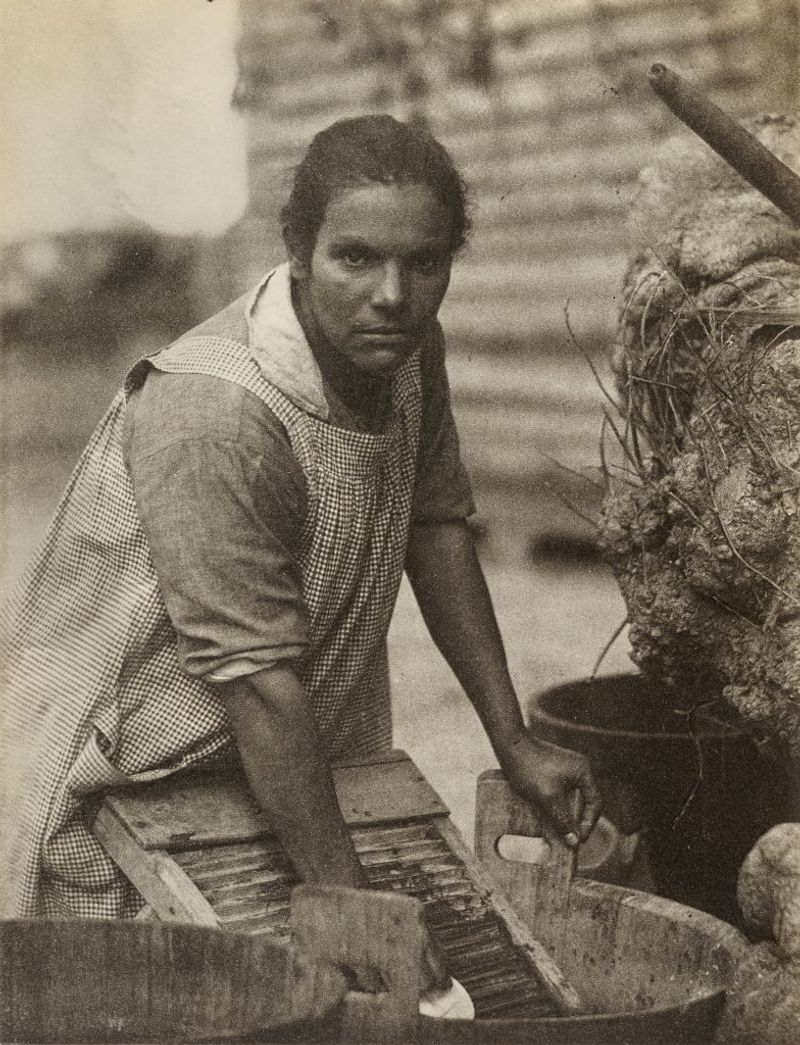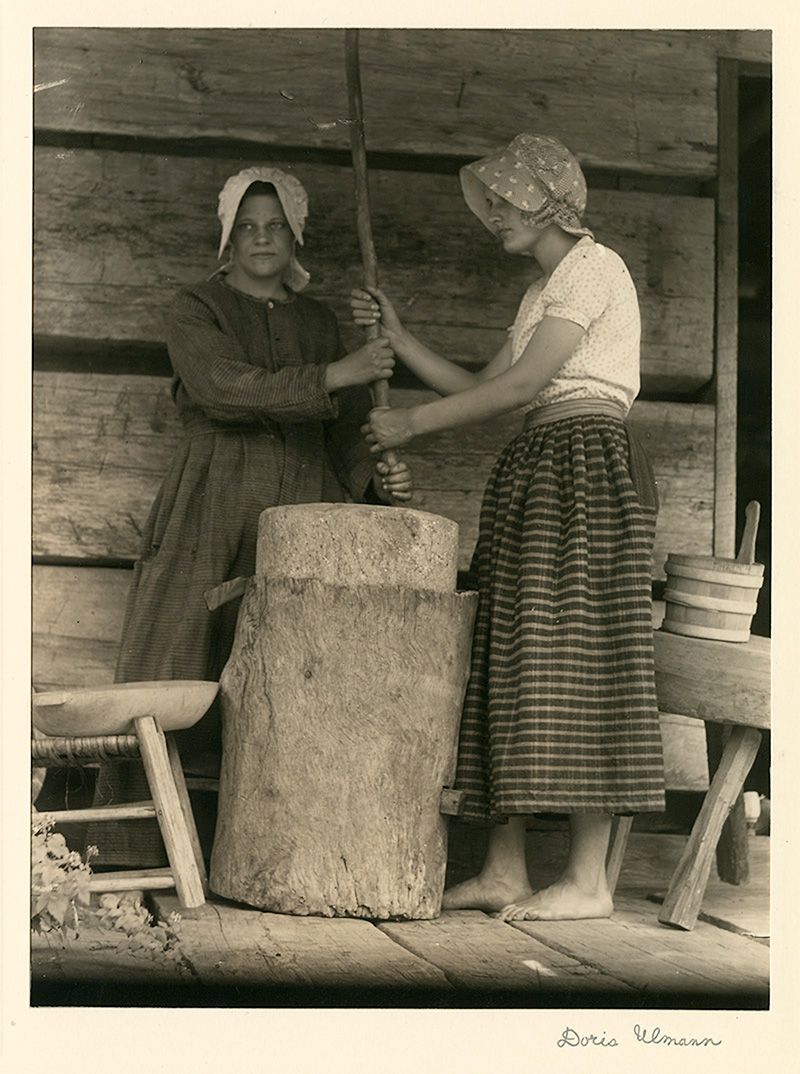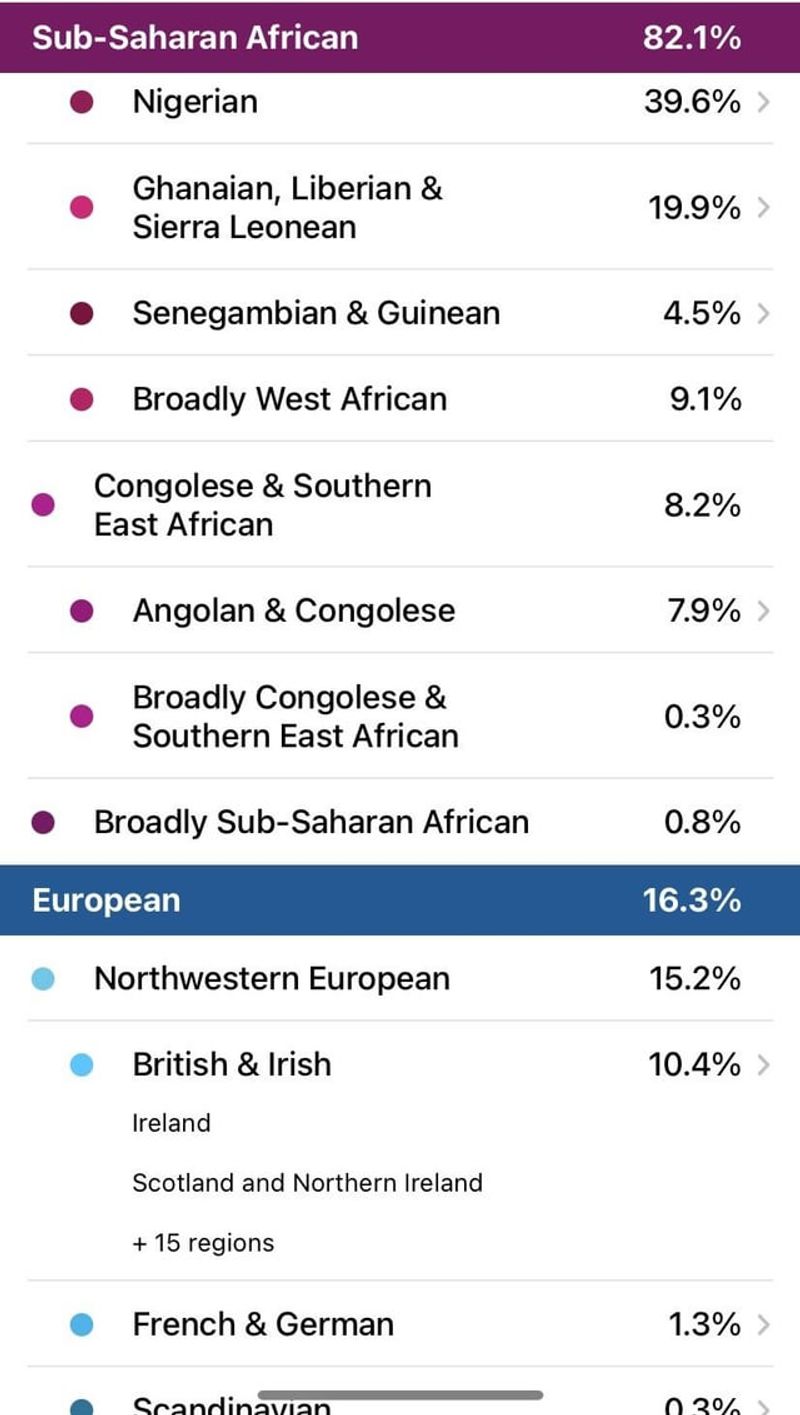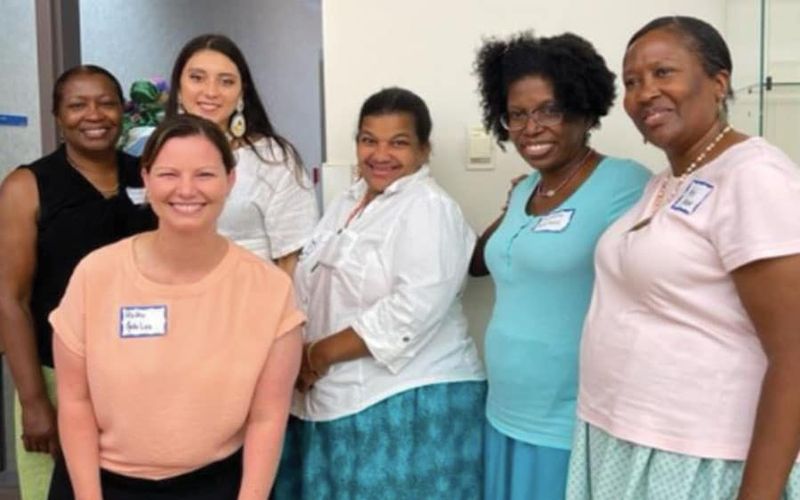Explore the intriguing history of the Melungeons, a unique tri-racial group with roots in European, African, and Native American ancestry. Nestled in the Appalachian regions of Tennessee, Virginia, and Kentucky, the Melungeons have captivated historians and genealogists with their enigmatic past and vibrant cultural legacy. Join us as we uncover ten key facts about their origins, shedding light on the mysterious and complex lineage of this fascinating community.
1. A Tri-Racial Isolate Group
Melungeons, known for their mysterious origins, were historically recognized as a tri-racial isolate group. They represented a complex blend of European, African, and Native American ancestry. Settling in tight-knit communities, primarily in Appalachia, they called regions of Tennessee, Virginia, and Kentucky their home. Known for their distinctive cultural practices, these communities maintained unique traditions. Despite societal challenges, they preserved their rich heritage. Their story is a testament to resilience, illustrating how diverse backgrounds can coexist harmoniously. Today, descendants celebrate this mixed lineage, honoring their ancestors who built vibrant, enduring communities against the odds.
2. The Name’s Mysterious Roots
The etymology of “Melungeon” is shrouded in mystery, sparking varied theories. Some believe it derives from the French “mélange,” meaning mixture, while others suggest the Portuguese “melungo,” or shipmate. Historically, the term may have been derogatory, used to label those of mixed ancestry. Over time, however, it was reclaimed as a badge of identity. This linguistic enigma reflects the complex sociocultural interactions that birthed the Melungeon community. Such diverse theories highlight the multifaceted nature of their history, encompassing elements of both prejudice and pride in their unique cultural tapestry.
3. Early Appearances in Records
Melungeons first appeared in records during the 18th century, often labeled ambiguously as “free people of color” or “Portuguese,” allowing them to navigate complex racial laws. Such designations provided a degree of social protection in a racially stratified society. These early records highlight the adaptive strategies employed by Melungeons to sidestep discrimination. By claiming diverse heritages, they carved a niche in societies that were otherwise exclusionary. These early appearances are critical in understanding how Melungeons forged their identity. Their resilience is chronicled in these documents, preserving a legacy of survival amidst adversity.
4. Possible Portuguese Connection
Some Melungeon families claim Portuguese ancestry, a narrative woven into their rich historical tapestry. This connection, possibly stemming from sailors or Sephardic Jews settling in the Carolinas, adds a Mediterranean flavor to their lineage. DNA studies have detected Southern European links, lending some credence to this claim. These Portuguese connections, intertwined with Native American and African roots, create a vibrant mosaic of ancestry. This multifaceted heritage underscores the Melungeons’ diverse origins. Such cultural plurality is celebrated among descendants, who embrace their complex past, fostering a sense of belonging across continents and centuries.
5. Native American & African Ancestry
Melungeons embody a rich tapestry of genetic heritage, featuring Native American and African ancestry. Genetic studies confirm ties to Cherokee, Powhatan, and other Indigenous groups, alongside West and Central African lineages. These roots likely trace back to both enslaved and free Black ancestors. This diverse ancestry has shaped Melungeon culture, influencing their traditions and community practices. Their story is a profound narrative of survival, illustrating resilience in the face of adversity. By celebrating their mixed heritage, Melungeon descendants continue to honor their ancestors, recognizing the strength and diversity that defines their unique identity today.
6. The “Lost Colony” Theory
One of the more captivating theories regarding Melungeon origins involves the mysterious Lost Colony of Roanoke. Legend suggests that survivors of this ill-fated settlement mingled with local tribes, possibly giving rise to the Melungeons. While evidence supporting this theory is scarce, it fuels the intrigue surrounding their ancestry. This story underscores the enigmatic nature of Melungeon history, blending myth with historical possibility. Such tales, though speculative, add depth to their narrative. Whether rooted in fact or folklore, the connection to the Lost Colony remains a fascinating aspect of Melungeon lore, captivating historians and enthusiasts alike.
7. Legal Battles Over Identity
Throughout history, Melungeons have engaged in legal battles to assert their identity. Often, they resisted being classified as Black or Mulatto under racist laws, instead claiming “Portuguese” or even “Turkish” heritage for protection. These legal maneuvers reflect the broader struggle for recognition and rights amidst systemic discrimination. By challenging racial classifications, Melungeons sought autonomy over their identity, striving for social equity. These legal encounters reveal a persistent fight for dignity and self-determination. They highlight Melungeons’ resilience in navigating oppressive systems, leaving a legacy of courage and tenacity for future generations to honor and continue.
8. Physical Stereotypes & Myths
Physical stereotypes have long surrounded the Melungeons, often depicted with dark hair, olive skin, and light eyes. These features fueled myths about their exotic origins, sparking curiosity and sometimes suspicion. Such stereotypes, while based on observable traits, often oversimplify a richly diverse heritage. These myths contribute to the mystique surrounding Melungeons, casting them as enigmatic figures in American folklore. The fascination with their appearance reflects broader societal tendencies to categorize and speculate. Despite these stereotypes, Melungeons have embraced their unique looks, turning what was once a source of myth into a symbol of their distinct identity.
9. DNA Studies Reveal Complex Lineage
Modern DNA analyses have unveiled the complex lineage of the Melungeons, revealing a rich blend of European, African, and Native American ancestry. Primarily linked to British and Irish roots, these studies also detect Mediterranean and Middle Eastern traces, painting a picture of intricate cultural intersections. This genetic tapestry highlights the Melungeons’ diverse background, providing scientific insight into their storied past. These findings not only confirm historical narratives but also enrich the understanding of their multifaceted identity. The blend of ancestries showcased by DNA studies continues to intrigue researchers, offering a window into the ever-evolving story of the Melungeons.
10. Cultural Revival & Modern Identity
In contemporary times, Melungeon descendants engage in a cultural revival, embracing their mixed heritage with pride. Family reunions, historical research, and DNA testing have become pivotal in reclaiming their past. This cultural renaissance fosters a sense of community, bridging generations with a shared narrative. By honoring their ancestors’ diverse roots, they cultivate a strong, unified identity. Modern Melungeons celebrate this blend of histories, transforming a once-marginalized identity into a source of strength and pride. Their journey reflects a broader movement towards acceptance and recognition, underscoring the importance of heritage in shaping present and future identities.
